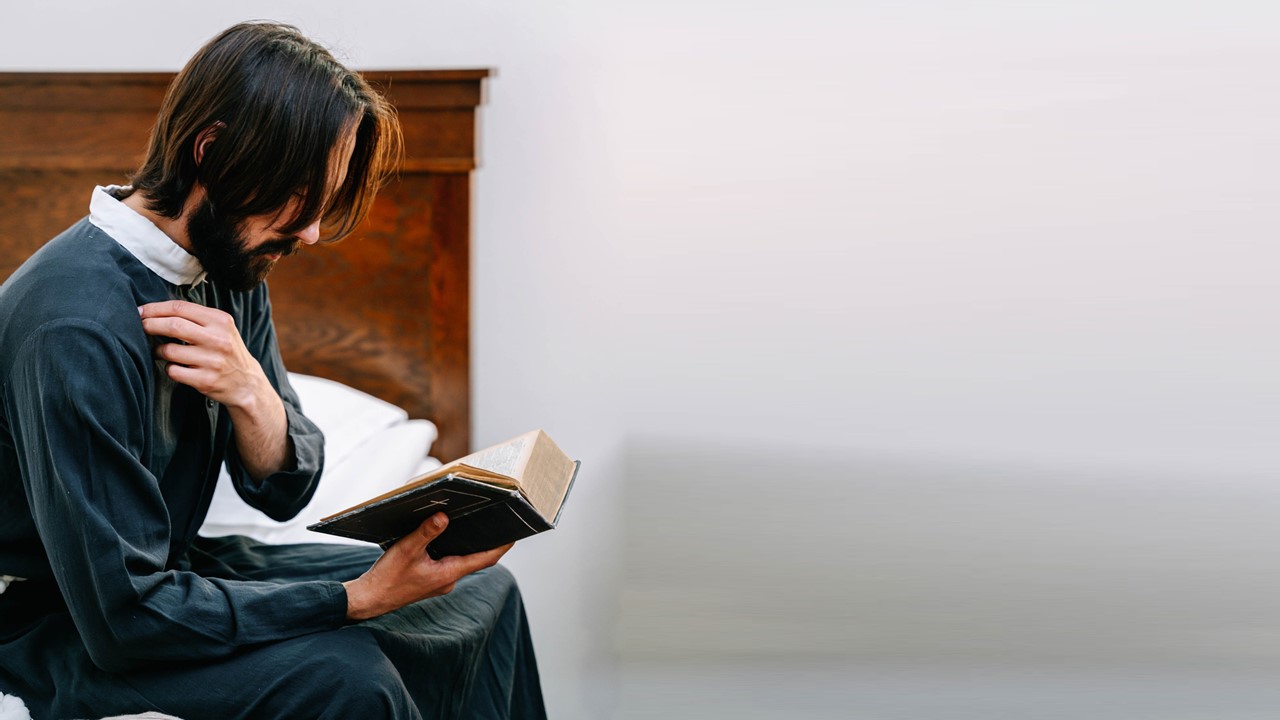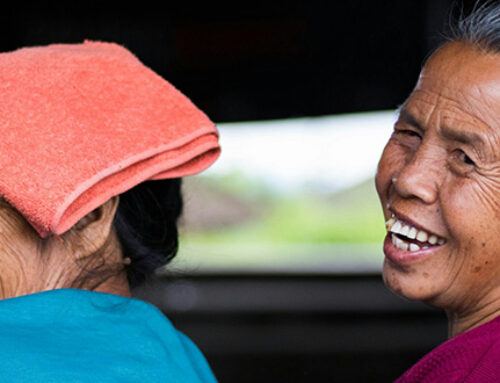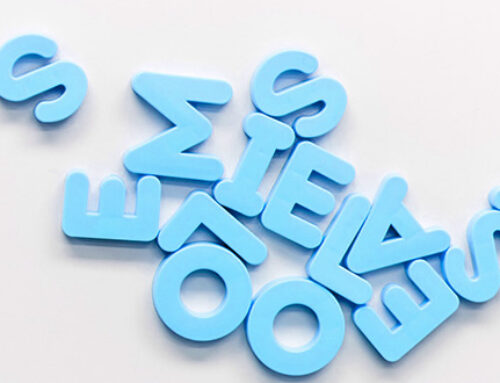I was a die-hard Charismatic, non-denominational Christian in a Roman Catholic school up until the end of matric. During assembly, I was the only one who refused to cross myself during prayers. That was then.
This blog is an attempt to revive the ancient Christian practice of crossing oneself with the sign of the cross when praying. Understandably many Protestants recoil at the notion of crossing themself, decrying, “That’s Roman Catholic!” However, the sign of the cross is a beautiful gesture that precedes Roman Catholicism and was widely practiced in early Christianity. Some church fathers like Tertullian (AD 155–220) wrote about how common the practice was in his day. And Cyril of Jerusalem (AD 315–386) believed that making the sign of the cross was a physical profession of faith and was used by Christians to mark themselves as belonging to Christ and thus was also effective in spiritual warfare.
The sign of the cross is made by tracing the cross on one’s body together with the spoken Trinitarian formula: “In the name of the Father, and of the Son, and the Holy Spirit. Amen.” Western Christians like you and I simply touch the forehead and just below the rib cage in a vertical motion, and then move from the left shoulder to the right, and sometimes the heart in a horizontal motion. Eastern Christians do it a little differently, they do the vertical motion and then move from the right shoulder to the left. In addition, their finger positioning is symbolic, touching the index, middle, and thumb together representing the Trinity, and pointing the remaining two fingers down, this is symbolic of the humanity and divinity of Jesus Christ. I use the Eastern method because I like the symbolism and I am reminded of the meaning every time I pray.
Signing oneself with the cross invokes the Holy Trinity. Of course, one can do this with only words and without crossing themselves. I have a Pentecostal colleague from the Congo who always ends his prayers with the Trinitarian formula, though I doubt he crosses himself when doing it. It’s still beautiful and powerful, but the act of tracing the cross makes it tangible. In addition, it orientates our minds and bodies to the theme of salvation and Christ’s redemptive death on the cross. In Christ’s crucifixion and his resurrection, we have the hope of eternal life. And if you are going to cross yourself using the Eastern finger positioning, then you have the added symbol reminding you of the true nature of Christ as human and divine. Crossing yourself is evidently full of meaning.
Is it imperative that Christians sign themselves when praying or during other activities? The answer is simply no. Crossing oneself adds nothing to one’s salvation but may enrich one’s devotion. Why not give it a try for a few days, it will seem awkward at first, and if you feel it’s helpful in your private devotion to Jesus and is meaningful to you in your prayers, consider adopting the ancient Christian practice. It gives a deep sense of belonging to ancient Christianity and its continuation into the present. One can make the sign of the cross whenever one wishes to, there are no rules. Although I am not overly religious when doing it, I do it at the start and end of my prayers and we do it together as a family when we say grace at the dinner table—it’s part of our family liturgy. I invite you to join the ancient Christians and make the mental and physical gesture remembering the Holy Trinity, our redemption in Christ Jesus, and our hope of eternal life because we belong to our Lord Jesus Christ.
Short Bio: Dr. Robert Falconer ([email protected]) is the Masters and Doctoral Research Coordinator overseeing all aspects of student research at the M.Th. and Ph.D. level.




